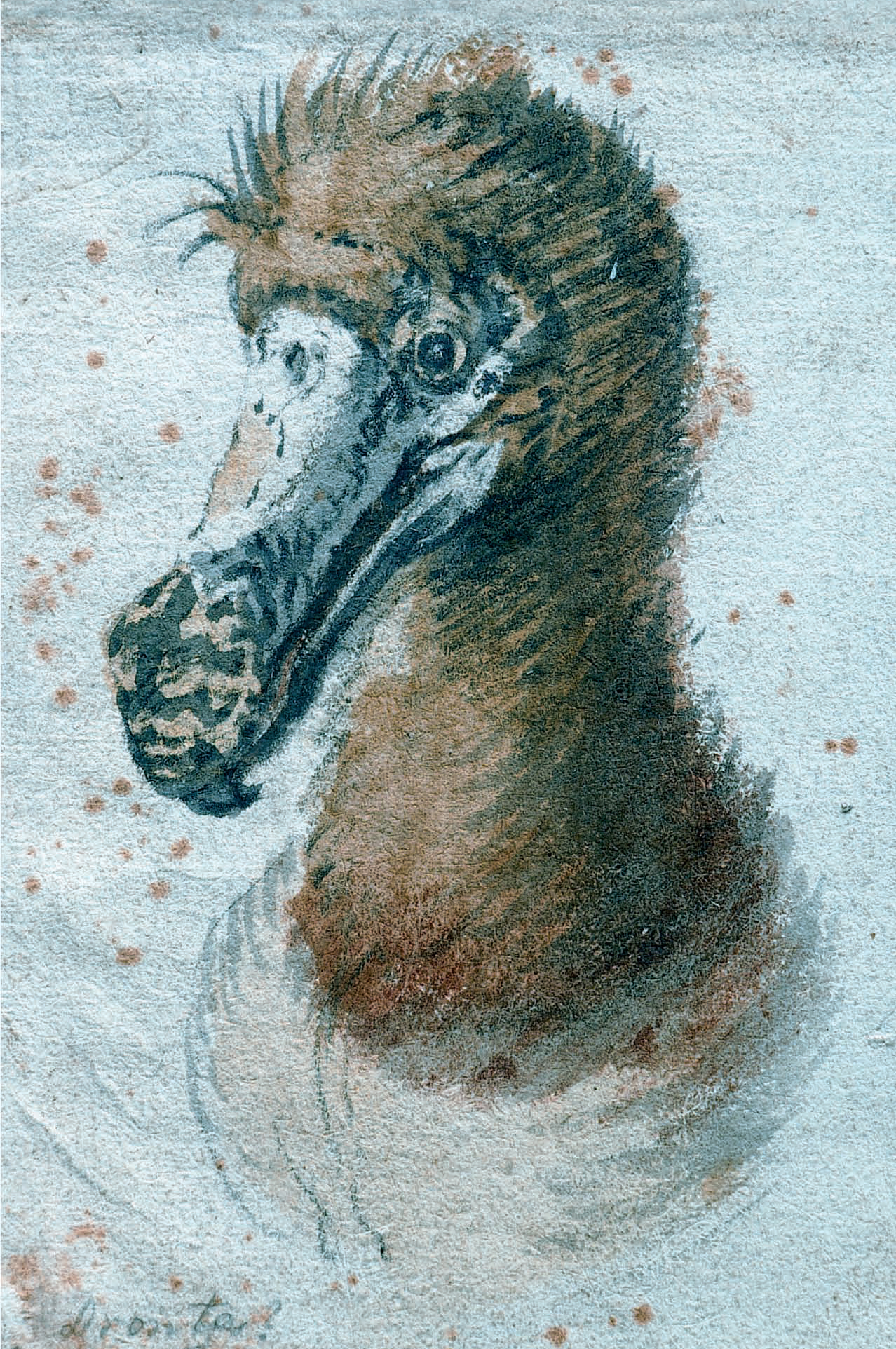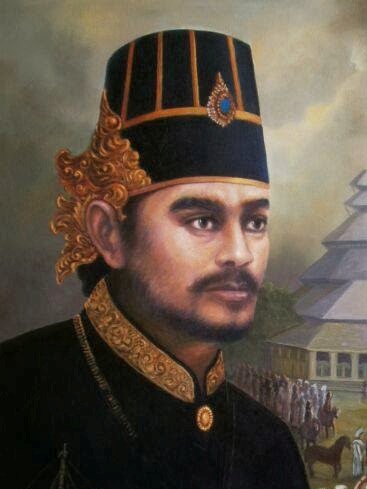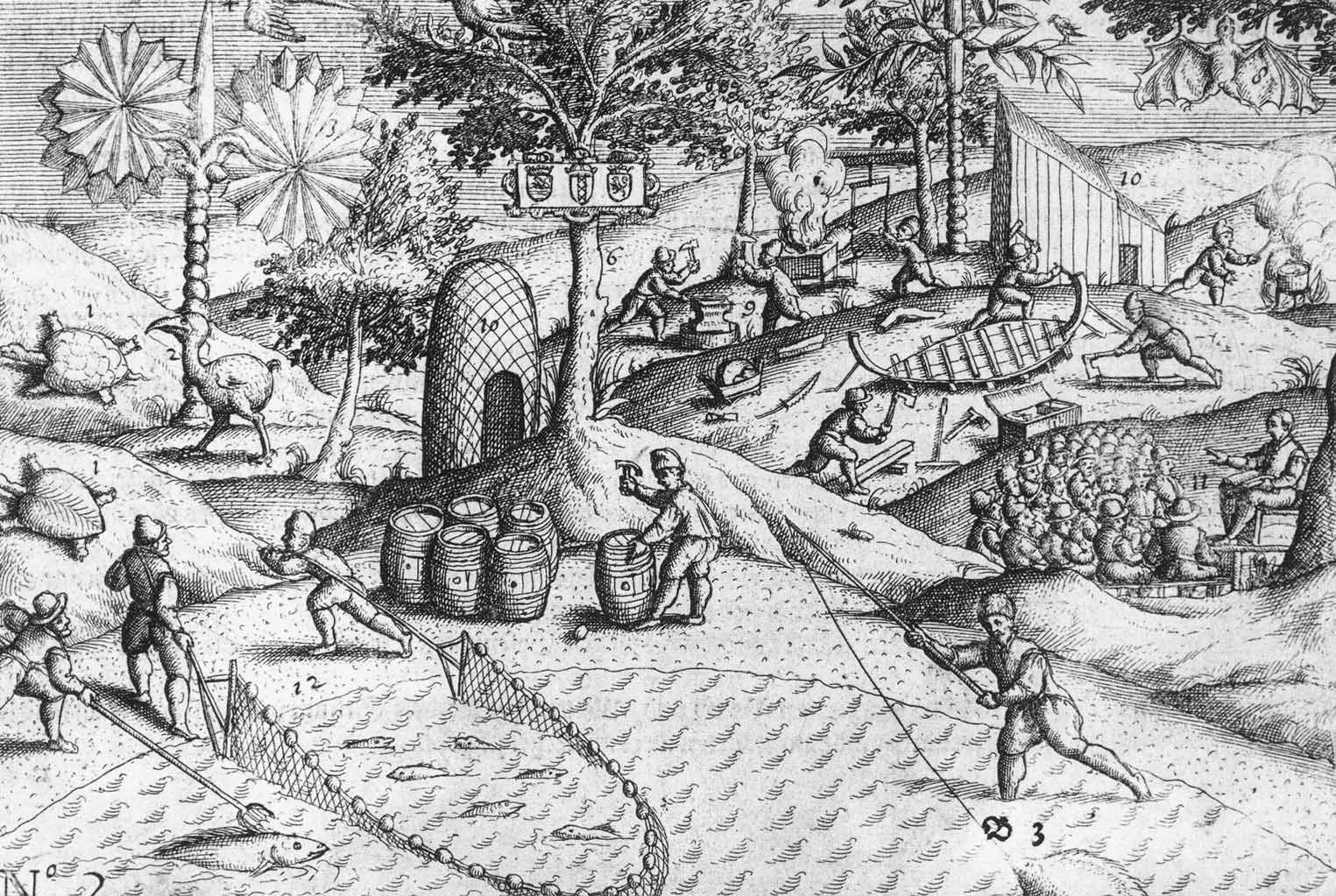|
Oude Compagnie
The Old Company (Dutch: ''Oude Compagnie'') was a pre-company of the Dutch Republic and originated from the Company of Verre and the New Company (or Second Company), from Amsterdam, in 1598. The directors were Dirck van Os, Jan Hermansz, Jan Janss Carel (Kaerel) and Geraerdt (Gerrit) Bicker. Directors with a smaller share of the investment were: Vincent van Bronckhorst, Symon Jansz Fortuyn, Geurt Dircxz, Cornelis van Campen, Jacob Thomasz Van den Dael, Elbert Simonsz Jonckheyn, Petrus Plancius, Syvert Sern, Jan Poppe, Geurt Dirckss and Pieter Hasselaer. The ''Old Company'' and the (New) Brabant Company would merge in 1601 and become the United Amsterdam Company. History A pre-company is a trading combination from the Republic that traded in Asia between 1594 and 1602, before the Dutch East India Company (VOC) was founded. The pre-companies were financed by wealthy Northern Netherlands merchants and wealthy immigrants from the Southern Netherlands. Because of the cutthr ... [...More Info...] [...Related Items...] OR: [Wikipedia] [Google] [Baidu] |
Celebes
Sulawesi (), also known as Celebes (), is an island in Indonesia. One of the four Greater Sunda Islands, and the List of islands by area, world's eleventh-largest island, it is situated east of Borneo, west of the Maluku Islands, and south of Mindanao and the Sulu Archipelago. Within Indonesia, only Sumatra, Borneo, and New Guinea, Papua are larger in territory, and only Java and Sumatra have larger populations. The landmass of Sulawesi includes four peninsulas: the northern Minahassa Peninsula, Minahasa Peninsula, the East Peninsula, Sulawesi, East Peninsula, the South Peninsula, Sulawesi, South Peninsula, and the Southeast Peninsula, Sulawesi, Southeast Peninsula. Three gulfs separate these peninsulas: the Gulf of Tomini between the northern Minahasa and East peninsulas, the Tolo Gulf between the East and Southeast peninsulas, and the Bone Gulf between the South and Southeast peninsulas. The Strait of Makassar runs along the western side of the island and separates the island ... [...More Info...] [...Related Items...] OR: [Wikipedia] [Google] [Baidu] |
Moluccas
The Maluku Islands (; Indonesian: ''Kepulauan Maluku'') or the Moluccas () are an archipelago in the east of Indonesia. Tectonically they are located on the Halmahera Plate within the Molucca Sea Collision Zone. Geographically they are located east of Sulawesi, west of New Guinea, and north and east of Timor. Lying within Wallacea (mostly east of the biogeographical Weber Line), the Maluku Islands have been considered as a geographical and cultural intersection of Asia and Oceania. The islands were known as the Spice Islands because of the nutmeg, mace and cloves that were exclusively found there, the presence of which sparked colonial interest from Europe in the sixteenth century. The Maluku Islands formed a single province from Indonesian independence until 1999, when it was split into two provinces. A new province, North Maluku, incorporates the area between Morotai and Sula, with the arc of islands from Buru and Seram to Wetar remaining within the existing Maluku ... [...More Info...] [...Related Items...] OR: [Wikipedia] [Google] [Baidu] |
Banten (province)
Banten ( id, Banten; Sundanese: , romanized ''Banten'') is the westernmost province on the island of Java, Indonesia. Its capital city is Serang. The province borders West Java and the Special Capital Region of Jakarta on the east, the Java Sea on the north, the Indian Ocean on the south, and the Sunda Strait (which separates Java from the neighbouring island of Sumatra) on the west. The province covers an area of . It had a population of over 11.9 million in the 2020 census, up from about 10.6 million in 2010.Badan Pusat Statistik, Jakarta, 2021. The estimated mid-2021 population was 12.06 million.Badan Pusat Statistik, Jakarta, 2022. Formerly part of the province of West Java, Banten was declared a separate province in 2000. The region is the homeland of the Bantenese people, whose culture differs slightly from that of West Java's Sundanese people. The northern half (particularly the areas near Jakarta and the Java Sea coast) has recently experienced rapid rises in po ... [...More Info...] [...Related Items...] OR: [Wikipedia] [Google] [Baidu] |
Jacob Van Heemskerck (main Meaning)
Jacob van Heemskerck (3 March 1567 – 25 April 1607) was a Dutch explorer and naval admiral. He is generally known for his victory over the Spanish at the Battle of Gibraltar, where he ultimately lost his life. Early life Jacob van Heemskerck was born in Amsterdam in 1567. He is described as having delicate feature, large brown eyes, a thin high nose, fair hair and beard, and a soft gentle expression. Under a quiet exterior and plain dress were a daring nature and indomitable ambition for military and naval distinction. Career Arctic exploration Heemskerck's early fame arose from an attempt to discover an Arctic passage from Europe to China. Two vessels sailed from Amsterdam on 10 May 1596, under the command of Heemskerck and Jan Rijp. Willem Barentsz accompanied Heemskerck as pilot, and Gerrit de Veer, the historian of the voyage, was on board as mate.Johan Carel Marinus Warnsinck, ''Twaalf Doorluchtige Zeehelden'' (1941), pp. 93–101 (in Dutch) The mass ... [...More Info...] [...Related Items...] OR: [Wikipedia] [Google] [Baidu] |
Jacob Cornelisz Van Neck
Jacob Corneliszoon van Neck (often anglicized to Jacob Cornelius van Neck) (1564–1638) was a Dutch naval officer and explorer who led the second Dutch expedition to Indonesia from 1598 to 1599. Early life Van Neck was from an Amsterdam family in good standing, and received a thorough education. Since he came from a commercial background and was not experienced in sailing, he took extra classes in navigation.Masselman, p. 111 Second Dutch Expedition Following the success of the first Dutch expedition to Indonesia in 1597, Van Neck was chosen to lead a second expedition in 1598, with the purpose of bringing back various spices. In May 1598, he left the port of Texel with eight vessels under his command. He was accompanied by Vice-Admiral Wybrand van Warwyck and noted polar explorer Jacob van Heemskerk. Following sailing directions written by Petrus Plancius, they made excellent progress, reaching the Cape of Good Hope in only three months. Soon after this, heavy storms se ... [...More Info...] [...Related Items...] OR: [Wikipedia] [Google] [Baidu] |
Eerste Schipvaart
The First Dutch Expedition to East Indies (Dutch: ''Eerste Schipvaart'') was an expedition that took place from 1595 to 1597. It was instrumental in opening up the Indonesian spice trade to the merchants that eventually formed the Dutch East India Company, and marked the end of the Portuguese Empire's dominance in the region. Background During the 16th century the spice trade was extremely lucrative, but the Portuguese Empire had a stranglehold on the source of the spices, Indonesia. For a time, the merchants of the Netherlands were content to accept this and buy all of their spice in Lisbon, Portugal, as they could still make a decent profit by reselling it throughout Europe. However, in the 1590s Spain, which was at war with the Netherlands, was in a dynastic union with Portugal, thus making continued trade practically impossible. This was intolerable to the Dutch who would have been glad to circumvent the Portuguese monopoly and go straight to Indonesia, but the sai ... [...More Info...] [...Related Items...] OR: [Wikipedia] [Google] [Baidu] |
Compagnie Van De Moucheron
The Compagnie van De Moucheron (Company of De Moucheron) was a pre-company and precursor of the Verenigde Oost Indische Compagnie from the Republic of the Seven United Netherlands that was founded by Balthazar de Moucheron, a ship owner from Antwerp in the Southern Netherlands. After the fall of Antwerp he moved his business to Zeeland. The fleet of the ''Compagnie van De Moucheron'' was made up of three ships, 'Ram', 'Schaap' (Sheep) and the pinasse 'Lam' (Lamb) and was headed by Joris van Spilbergen. Its fleet left on 5 May 1601 and returned to the Republic of the Seven United Netherlands in 1604. History A voorcompagnie (pre-company) is a company from the Republic of the Seven United Netherlands that traded with Asia between 1594 and 1602, before the smaller companies merged to form the Dutch East India Company (VOC). The pre-companies were financed by merchants from the Northern Netherlands and rich immigrants from the Southern Netherlands. Because of the deadly competitio ... [...More Info...] [...Related Items...] OR: [Wikipedia] [Google] [Baidu] |







